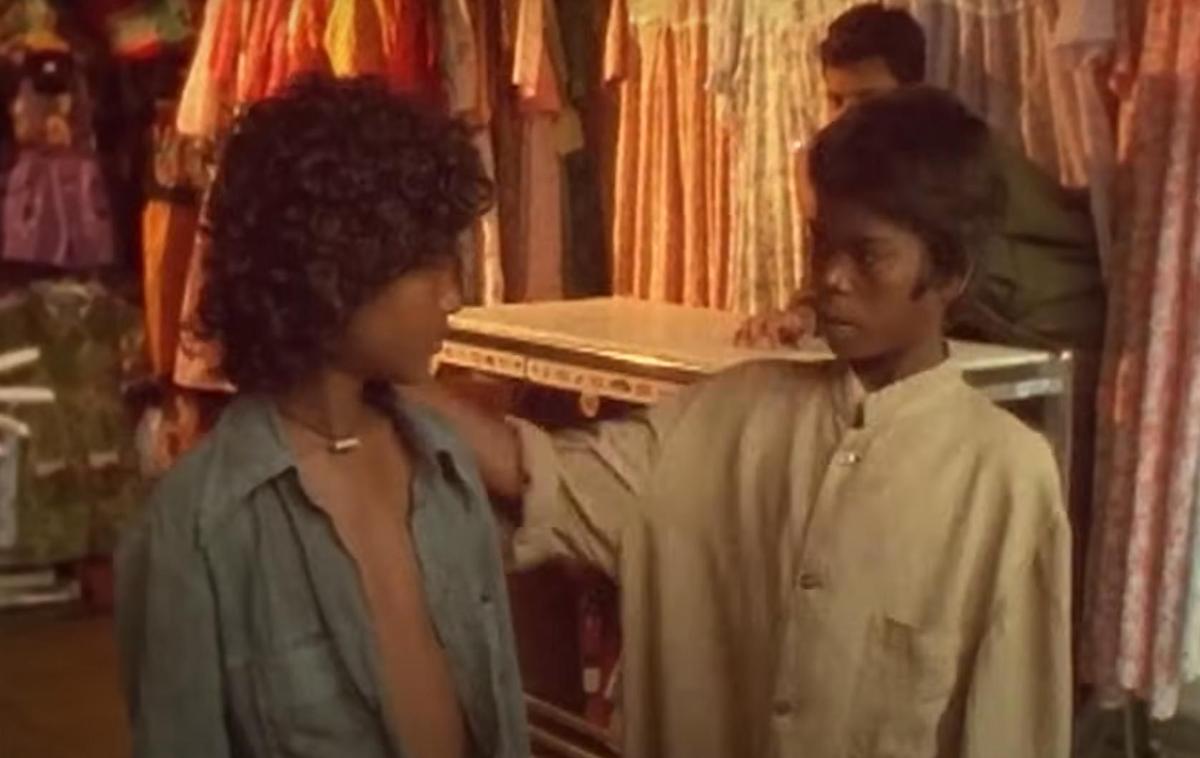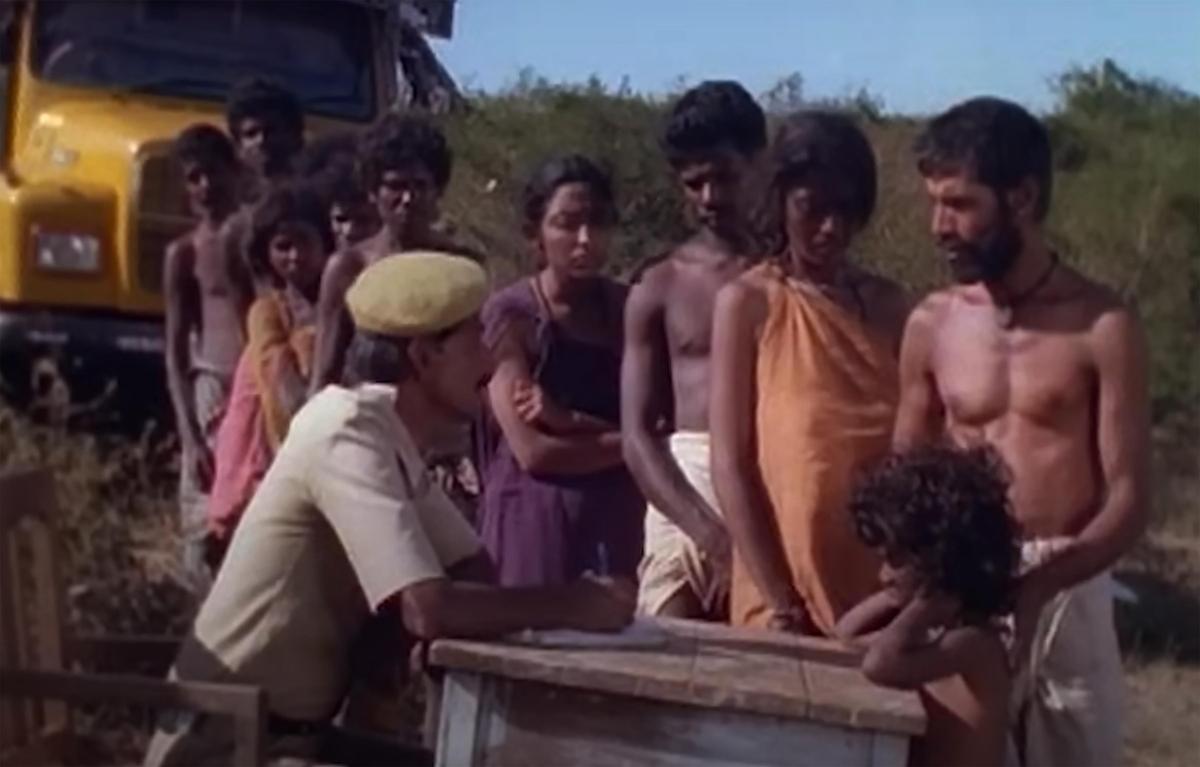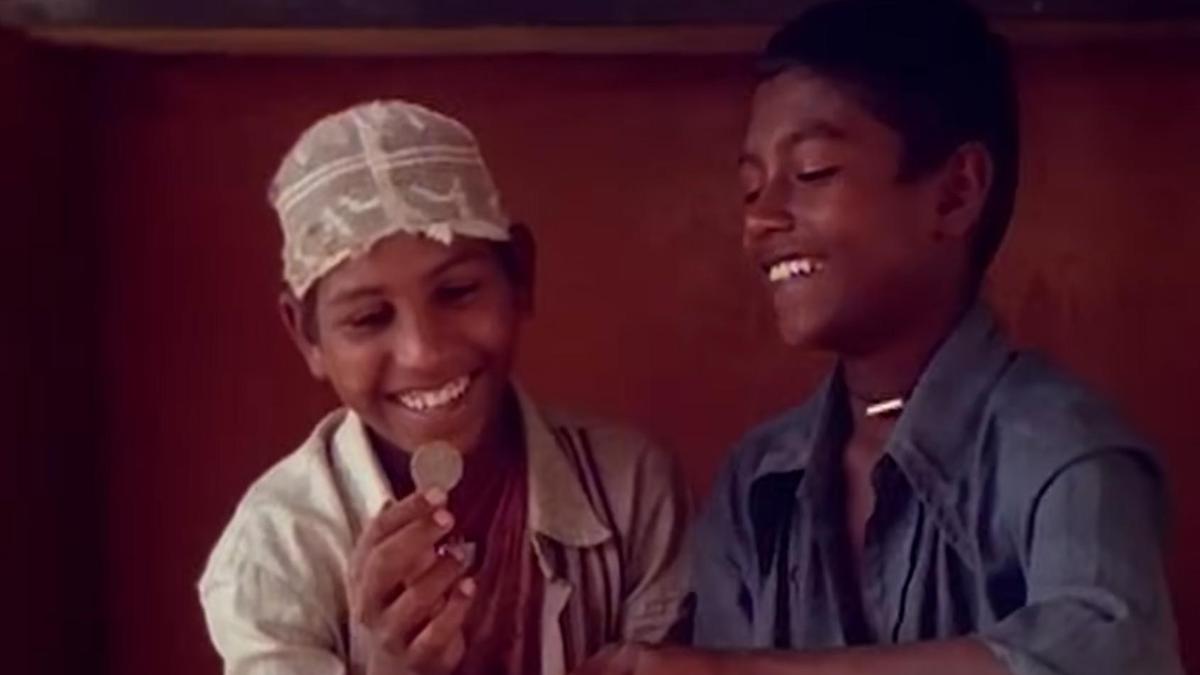With climate change concerns mounting, sustainable development and conservation demand an integrated approach that takes into consideration environmental concerns alongside economic development. Though Devarakadu, weaving together themes of conservation, family bonds and the struggle for survival, was directed by Pattabhi Rama Reddy 32 years ago, it is more relevant today than ever before.
Award worthy
Devarakadu depicts how one individual’s dedication can lead to monumental change, breathing life into forgotten lands and communities. This 113-minute film secured the National Film Award in 1994 as the Best Film on Environment Conservation and Preservation. The award was later discontinued with a new one titled Best Feature Film Promoting National, Social and Environmental Values, reconstituted in its stead.
Devarakadu, which delineates circumstances of deforestation, unethical labour contracts and migration of tribal communities to cities, was crafted by some of the most brilliant minds of the time. Besides Pattabhi, Navroze Contractor and Konark Reddy, were involved in its making, cementing its place in Indian cinema. Sadly, Devarakadu was Pattabhi’s last directorial venture.
Sacred mysteries
It is common to view untouched wildernesses as devoid of human inhabitants; however, many of these ecosystems have been managed by indigenous peoples for generations. Encroachment has led to various ecological and social consequences, such as forced displacement, destruction of cultural identity, loss of traditional knowledge, imbalance in ecosystems, loss of livelihood, and more.
Devarakadu depicts how one individual’s dedication can lead to monumental change.
| Photo Credit:
Special Arrangement
The term ‘devarakadu’ refers to a sacred grove or a patch of land dedicated to a deity and is protected by local communities for religious, cultural and ecological reasons. “These groves, that translate as ‘God’s Forest’, serve as crucial pockets of biodiversity and cultural heritage, with different regions in India having their own names for these sacred spaces, such as ‘devrai’ in Maharashtra and ‘kavu’ in Kerala,” says C Chandrashekar, who worked as assistant to Pattabhi for this film.
Conception and execution
According to Chandrashekar, Pattabhi was inspired by an article in the Reader’s Digest in the early ‘70s about a person who converted a barren piece of land into a lush forest area and dedicated his life to protecting it. “Pattabhi shared his desire to make a film on the subject when I returned from Mumbai, where I was working in the late ‘80s, and I promised to support him. Devarakadu narrates the story of Deva, a young man, whose life takes him from the forests of his childhood to the harsh realities of urban life, and back again to his roots,” says Chandrashekar.
The Institute of Cultural Research and Action (ICRA) as well as Fedina-Vikasa came on board along with organisations representing the rights of needs of the Soliga and Jenu Kuruba communities, Chandrashekar says. “AN Yellappa Reddy, the then Chief Conservator of Forests, Karnataka, offered his advice for the forest scenes. The film was made with the help of civil society organisations involved with eco-justice, rural-urban migration and tribal rights.”
A host of actors from theatre and cinema including Kirthana Kumar, KT Abhraham, TS Nagabharana, Katte Ramachandra, Suman Ramesh, AR Chandrashekar, Usha Bhandari, Abbas Abbalagere, CV Rudrappa, Uma Rudrappa, Indu Raja Balakrishna and Joseph Katukaran among others, essayed various roles in this film.

A still from the movie Deverakadu
Produced by Pattabhi Rama Reddy Productions, the film was presented by The Concerned for Working Children (CWC), a non-profit organisation based in Bengaluru, known for its work in empowering children. Besides serving as production executive, Chandrashekar also wrote the dialogues with journalist Su Ramakantha and Suresh Urs. The film was shot in the wilds of Heggadadevanakote, Nugu and Biligiri Rangana Betta in Karnataka.
Layered approach
Devarakadu portrays a tribe’s symbiotic relationship with the forest and how their children’s upbringing is celebrated in the growth of a forest. In the movie, a child, Deva, encounters a group of people carrying instruments with ‘iron teeth’. This marks the beginning of a series of transitions that take his family out of the forest to an arid reservation, and eventually, the city. Their stint in urban areas is fuelled by the hope that they will one day return to their land.
Embedded in the story are details such as schools for adult literacy, primacy of ground wells, the divine nature of trees and the existential battle between rationality and emotion. The film remains relevant today because it critiques the Anthropocene or current geological age.
Devarakadu begins with a close-up of an aged Deva, essayed by KT Abraham, carefully examining a teak seed hinting at the tribal knowledge of botany and medicinal plants. It ends with a triumphant panoramic shot of the forest executed by cinematographer Navroze Contractor. It is accompanied by the haunting, raw vocals of singer Nishant Bali.

Embedded in the story are details such as schools for adult literacy, primacy of ground wells, the divine nature of trees and the existential battle between rationality and emotion.
Technical touch
“Much like Pattabhi’s earlier films, Devarakadu was shot in 16mm and later blown up to 35mm and converted in negative format, at a studio run by Krishnan, MD of Rao and Co in Mumbai. Even the songs of Soliga tribes used in the film were recorded at Biligiri Rangana Betta in BR Hills, where the film was shot for nearly a week,” says Chandrashekar.
Suresh Urs, who edited the film, hails from Kollegala near Heggadadevana Kote. “When I read the script, I was thrilled as I was born in a Kollegala village and had an intimate connection with the Soliga community there. I truly enjoyed the process of editing, keeping in mind the spirit of Pattabhi Sir,” Suresh Urs says.
“Some parts of the film were shot in areas such as Girinagar, Bank Colony and Ring Road, which were under development at that time,” adds Chandrashekar.
Published – October 29, 2025 10:59 pm IST

